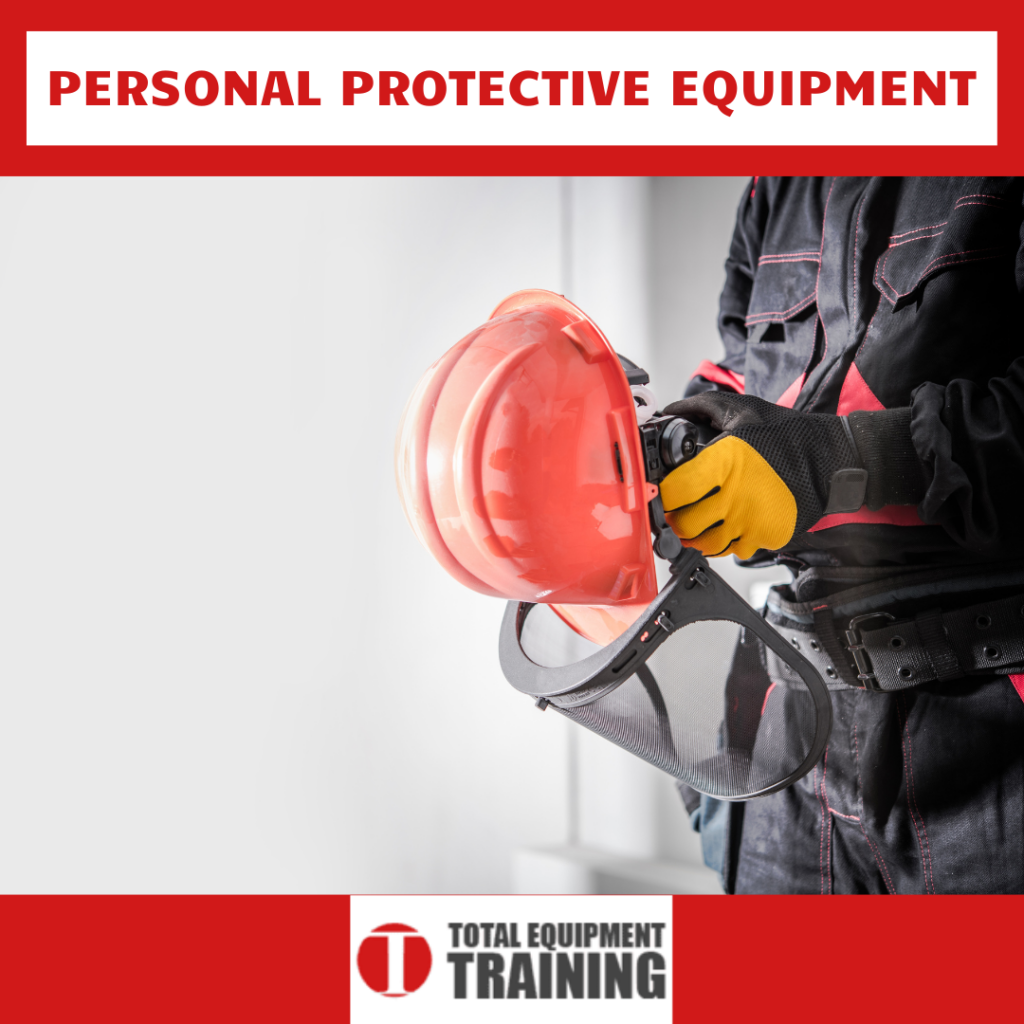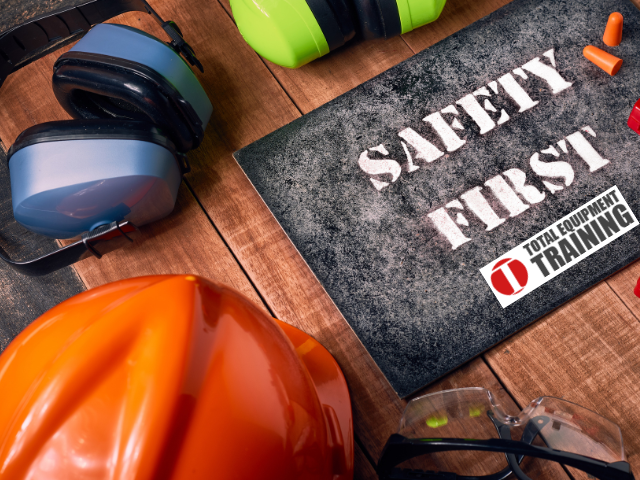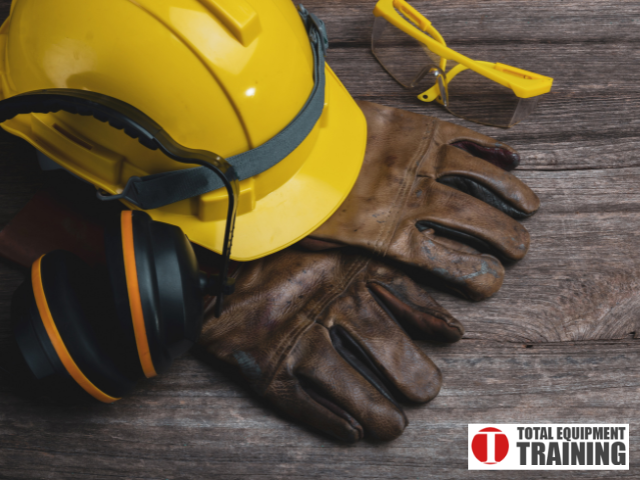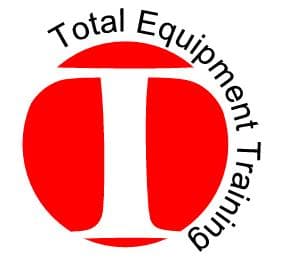
With the ever-increasing awareness and demand for better workplace conditions, more safety protocols, procedures, and guidelines are being created and implemented. With these in place, both employers and employees can enjoy the benefits, as fewer lawsuits and downtimes from injury recoveries can help business owners continue the business, and employees can enjoy safer work conditions and the peace of mind that comes with it. Among the most fundamental ways to improve work safety is through Personal Protective Equipment (PPE).
PPE is defined by OSHA as equipment worn to minimize exposure to hazards that cause serious workplace injuries and illnesses. The heavy equipment and construction industries contribute to some of the highest statistics when it comes to workplace injuries, making it more essential to have workers wear Personal Protective and Life Saving Equipment to protect themselves, and each other.
Types of PPE
- Gloves – Worn to protect the hands from burns, cuts, abrasions, extreme temperatures, bone fractures, and absorption of (harmful) chemical substances. They should fit the user well and must be in a condition to protect the user from the type of hazard the work exposes them to.
- Gowns – Designed to protect the wearer’s body, excluding the hands, feet, and head. Often made to protect from exposure to harmful chemicals, they can be made from a variety of materials to fit the task.
Do you need on-site Material Handling Safety Training?
- Head Covers – Helmets protect against any trauma to the head by absorbing its force. This can be from falling objects, loads in motion, or falling impact.
- Protective Footwear– Shoe covers protect against injury to the foot, such as rolling and falling objects, or piercing through the sole. Both head and shoe covers can be insulated, protecting against electrocution.
- Masks for Respiratory Protection – Masks are available in a large variety of uses and complexity. Masks to filter air may be as simple as a layered cloth mesh, to being laced with compounds to counter-react with toxins in the air. They all share the common goal of protecting the user’s respiratory system by stopping the entry of unwanted and/or harmful particles.
- Face and Eye Protection – The eyes are especially sensitive, and can be injured by exposure to harmful liquids/gases, small objects (such as metalworking ‘sparks’ or wood splinters), or excessive radiation. Depending on the hazard, any eye protection should extend to cover enough of the face, but not interfere with any other PPE, such as masks.

Personal Protective Equipment (PPE) Guidelines by OSHA
OSHA has implemented several requirements for the safe and proper use of PPE. They include:
- Application – The requirements for the conditions of use of PPE.
- Employee-owned Equipment – Adequacy, maintenance, and sanitation of an employee’s PPE.
- Design – The PPE is made well enough to be safe and proper for use.
- Hazard Assessment and Equipment Selection – Analysis of the hazards workers are exposed to and the proper PPE to protect them from it.
- Training – Employers shall provide training on PPE use and make sure trainees:
- Know when PPE is necessary
- Know what kind of PPE to use
- Understand how to use the PPE (wearing and adjusting)
- The limitations of the PPE
- Proper maintenance of the PPE
Call Total Equipment Training to schedule your onsite PPE training: (610) 321-2679

How to Select Proper PPE
There are several types of PPEs, and misusing them could cause avoidable harm. It is therefore recommended to use these tips when choosing the right PPE for the job:
- Perform a hazard assessment. This is an analysis of the risks posed during work at the site. PPE should be chosen to reduce or negate any harm these hazards may cause. It may turn out that the odds of exposure are so low that minimal PPE is required.
- Eliminate hazards where possible. PPE provides solutions to dealing with hazards. Tackling the problem in the first place may result in creating work conditions that do not require PPE in the first place.
- Work with specifics. Even PPE designed to protect from a specific hazard (e.g., chemical substances) comes in a variety of options. Choosing equipment that covers the general nature of the hazard may lead to its improper use, or cause it to wear out quickly. Instead, it is best to opt for PPE specifically designed to cater to a specific type of hazard.
- Know the limitations of PPE. Fire retardant gloves may not catch fire, but can still transmit heat to the wearer, causing harm. It is best to understand the application of PPE and its limitations during and after exposure to hazards.
Heavy Equipment and Construction PPE Training
Employer-provided PPE training should include information about selecting the proper personal protective equipment for the job. Finding an experienced trainer for OSHA-compliant PPE training may be a challenge, and that is why Total Equipment Training has put together an experienced and skilled team to come in and assist. TET also provides a wide range of heavy equipment training programs that can be modified to fit your site-specific needs.
Contact us to create a safe work site today through operator and site safety training programs.

